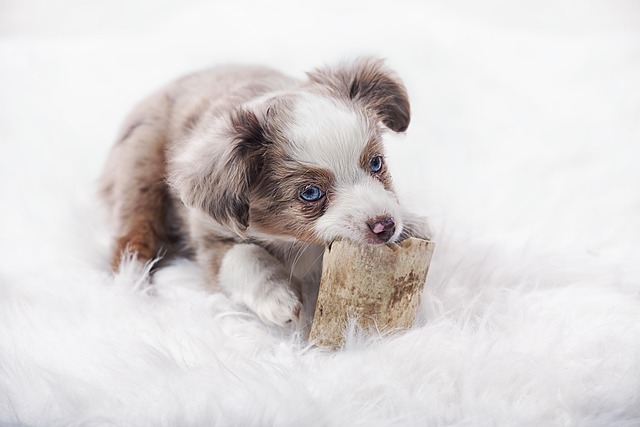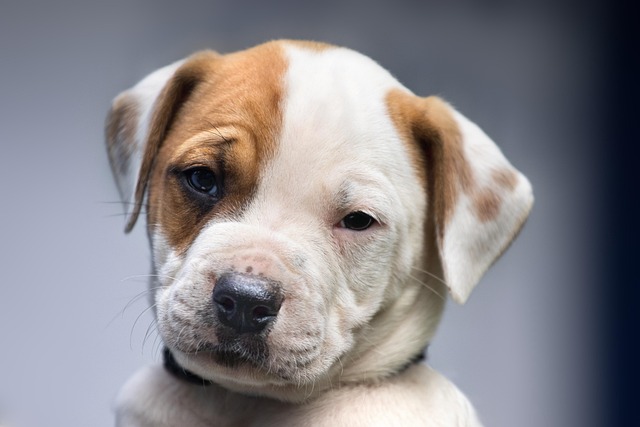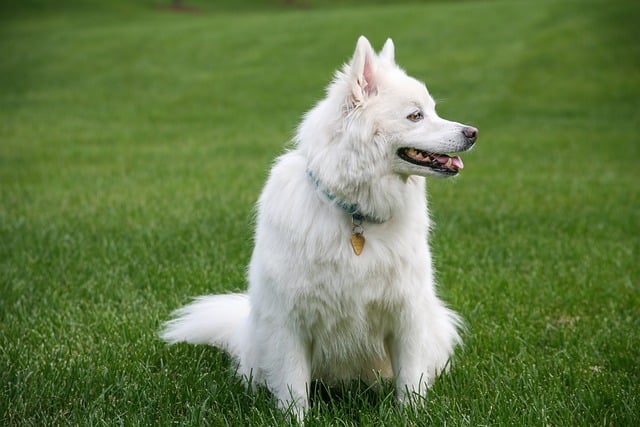
What are the reasons for the odor around dog eyes
Let’s imagine you’re a new dog parent in Boston, snuggling with your 8-month-old pug, Bella, when you notice a musky, sour smell near her eyes.
Seeing your dog with an open wound can be scary, but the good news is that most dogs recover well with proper care. Open wounds in dogs range from minor scrapes to deep cuts, often caused by accidents, fights, or sharp objects. The key to recovery lies in acting quickly—bacteria can invade within hours, turning a simple injury into a serious infection. If your pup licks a dirty paw after stepping on glass or comes home with a gash from a backyard mishap, don’t panic. Start by gently rinsing the area with lukewarm water to remove debris, then apply light pressure with a clean cloth to stop bleeding.
Early intervention makes all the difference. Imagine your dog sprinting through the park and scraping their elbow on rough pavement—ignoring it could lead to swelling or pus. At home, trim the fur around the wound (carefully, with blunt scissors) to keep it clean, and use a vet-approved antiseptic like diluted chlorhexidine. Avoid hydrogen peroxide; it damages healthy tissue. For shallow wounds, a breathable bandage may help, but skip tight wraps—dogs often chew them off, risking choking. Watch for excessive licking, which introduces bacteria. A recovery cone or pet-safe bitter spray can deter this.
Home care is about balance. After cleaning, apply a thin layer of antibiotic ointment (never human medications like Neosporin unless prescribed). For a dog that rolled into a thorn bush, monitor for redness or heat around the wound—these signal infection. Elevate food bowls if the injury is on the neck to prevent contamination. But remember: home care has limits. Deep punctures, wounds near eyes, or those caused by animal bites need vet attention ASAP due to rabies or internal damage risks. Your vet might prescribe pain relief or stitches.
Professional care and home monitoring work best together. Say your dog had a small surgical wound from a spay procedure—follow your vet’s instructions but also check daily for unusual discharge or reopening. Keep activity low-key; a leashed bathroom break is safer than dog-park zoomies. Hydration and high-protein meals speed healing. Older dogs or those with diabetes may heal slower; ask your vet about supplements like omega-3s.
Know when to call the vet. If your dog’s wound smells foul, oozes greenish fluid, or they become lethargic, skip the “wait-and-see” approach. Similarly, if bleeding hasn’t stopped after 10 minutes of pressure, head to the clinic. With punctures, even tiny ones from a cat’s claw, antibiotics are often necessary. Trust your gut—you know your dog’s normal behavior best. Most wounds heal within two weeks with care, but patience and vigilance are your allies.

Let’s imagine you’re a new dog parent in Boston, snuggling with your 8-month-old pug, Bella, when you notice a musky, sour smell near her eyes.

If your Labrador's constantly scratching at their ears or shaking their head, it might be more than just an itch. Ear infections are common in these active, water-loving dogs, and early intervention is key.

Finding out your dog has heart disease feels like a gut-punch.Amidst worry,the question of exercise looms large.It's crucial to know that local animal welfare laws may impact how you manage your pet's care,and this extends to physical activity guidelines.

What is the root cause of separation anxiety in dogs? Let’s start with a moment every new pup parent in a downtown LA apartment has likely faced

Discovering a wound on your dog's fur can feel like a punch in the gut,but staying calm is crucial.Before reaching for any treatment,familiarize yourself with local animal welfare laws—some regions restrict over-the-counter medications for pets,

Imagine this: It’s a sweltering summer day in Phoenix, and you’ve just returned from a long walk with your Labrador Retriever, Max.